Luang Namtha
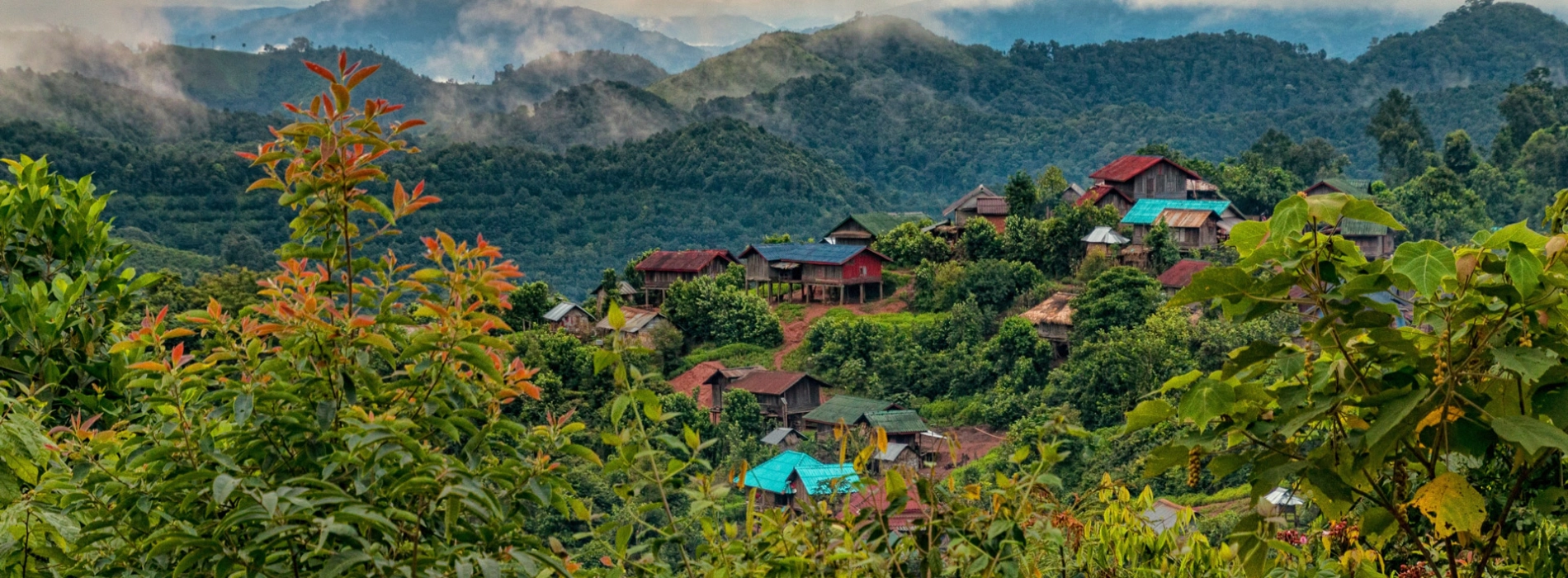
With many attractive landscapes typical of Northern Laos, Luang Namtha province is a favorite destination for many tourists today. Luang Namtha, with its lush greenery and beautiful natural landscapes, contributes to creating a hotspot for nature and the growing tourism industry in Laos.
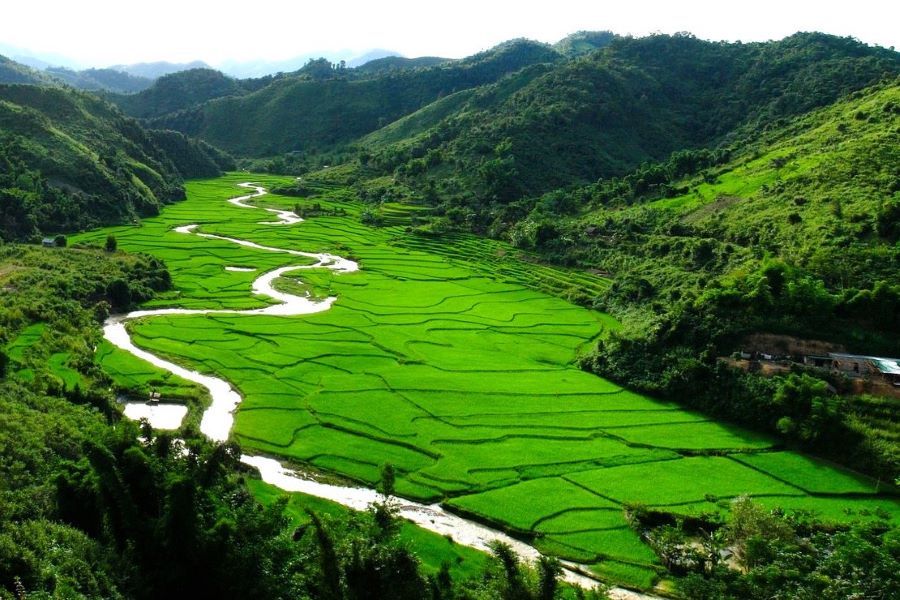
Luang Namtha province is a favorite destination for many tourists today (Cre: tripadvisor)
Luang Namtha province carries a rich historical story. In the past, this land was also affected by the Khmer Empire. In the late 19th and early 20th centuries, it was ruled by French colonialists.
Later, World War II brought Japanese occupation to Laos, setting the stage for the country's struggle for independence from colonial powers.
In 1949, the establishment of the Kingdom of Laos was a major event that led to the rise of the Pathet Lao communist movement and the overthrow of the Royal Lao Government in 1975. Afterward, Luang Namtha became part of the history of the Lao People's Democratic Republic.

Luang Nam Tha carries a rich historical story (Cre: Luang Namtha Tourism)
The country's north is home to Luang Namtha. This province, along with Bokeo, was founded between 1966 and 1976. Luang Namtha is bordered to the north by Yunnan, China; to the east and southeast by Oudomxay province; to the southwest by Bokeo province; and to the northwest by Shan state, Myanmar.
You can travel to Luang Namtha from other areas by plane or long-distance bus, and within Luang Namtha, you can get around by bus, tuk-tuk, or taxi.
Read more: Laos excursions
When traveling to Luang Namtha or other provinces in Laos, remember that Laos weather is divided into two distinct seasons: the rainy season and the dry season. During the dry season, from November to March, you can enjoy outdoor activities at your convenience.
In contrast, during the rainy season, from May to October, nature becomes more lush due to the abundant rainfall. However, sudden rains during this time can sometimes disrupt travel plans.

The best time to visit Luang Namtha (Cre: laostravel)
An important factor in attracting tourists to Luang Namtha is the Nam Ha National Biodiversity Conservation Area. This nature reserve covers an area of about 2,224 square kilometers and has the most popular trekking route in Laos.
The Nam Ha National Biodiversity Conservation Area is also one of Laos's main areas for sugarcane and rubber production, along with several other crops.
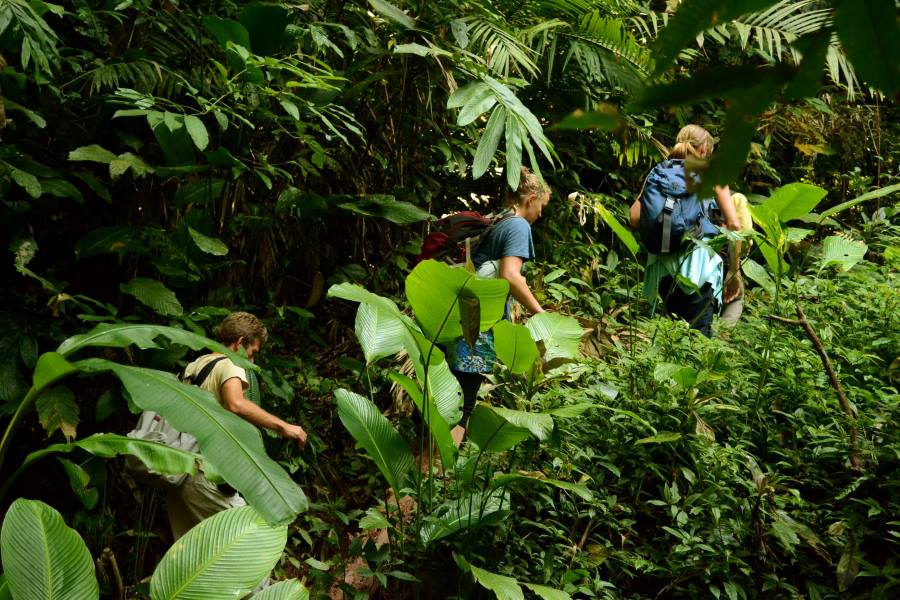
An important factor in attracting tourists to Luang Namtha is the Nam Ha National Protected Area (Cre: Luang Namtha Tourism)
At the Luang Namtha Museum, you will find a range of artifacts from ancient times to recent wars. Visitors can learn about the history and stories of Laos. For those interested in exploring the land's history through different periods, the Luang Namtha Museum is an ideal place to visit.
.jpg)
Luang Namtha Museum is an ideal place to visit (Cre: Luang Namtha Museum)
Luang Namtha Stupa is considered an iconic landmark of Luang Namtha. It is also known as Phoum Pouk Stupa or Samakkhixay Stupa, which is an important landmark in Luang Namtha, Laos.
Completed in 2008, it was built on the site of two previously destroyed temples. The stupa is a testament to the close relationship between Laos and Thailand. Visitors coming here will see its outstanding architecture as well as its great significance.
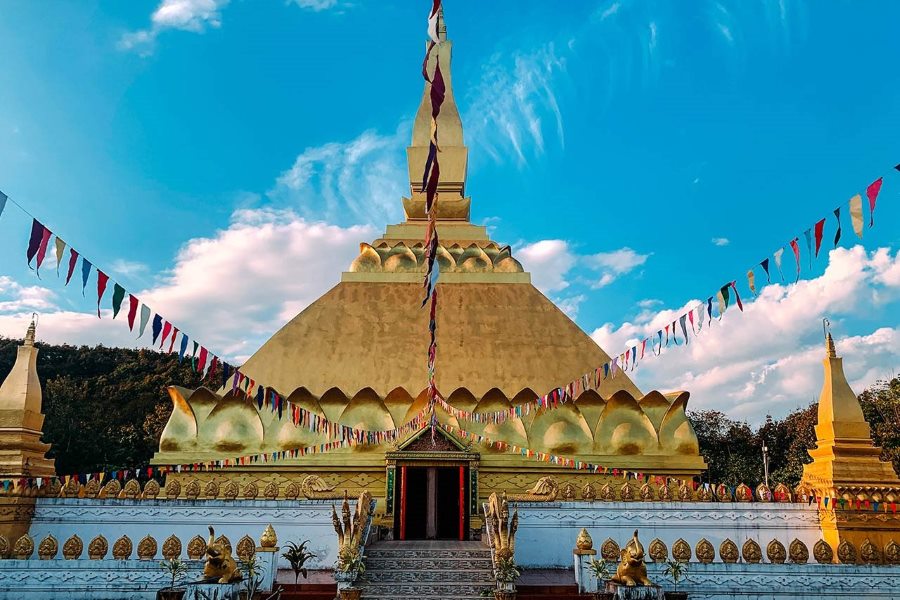
Luang Namtha Stupa is considered an iconic landmark of Luang Namtha (Cre: Laos Travel)
Luang Namtha, Laos, is home to more than 30 ethnic groups, creating a rich and diverse culture. Visitors can gain a clear understanding of the daily life of the indigenous people.
About 5 km from Luang Namtha is Nam Dee Village, known as the homeland of the Lanten and Lao Huay ethnic groups. This village is famous for its bamboo paper and traditional lightning-making.There are authentic cultures which involve you being a part of their lives, you can learn the local language, culture, tradition, and culture shown in the village you visit.
When you visit Luang Namtha, you can enjoy typical Lao dishes prepared in an attractive and beautiful way. Sampling local dishes also helps broaden your culinary experience while traveling to other countries.
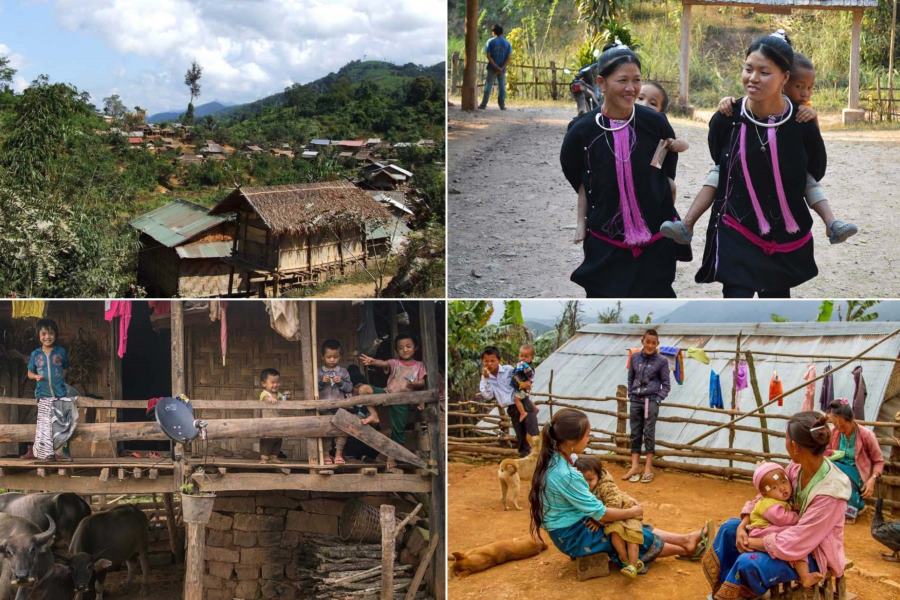
Luang Namtha is home to more than 30 ethnic groups (Cre: Laos Travel)
Laos is a Buddhist country, so when visiting temples, pagodas, and other sacred sites, tourists should dress respectfully to honor the solemnity of these places.
In addition, you should carry necessary documents in case you encounter a surprise check by Lao police.
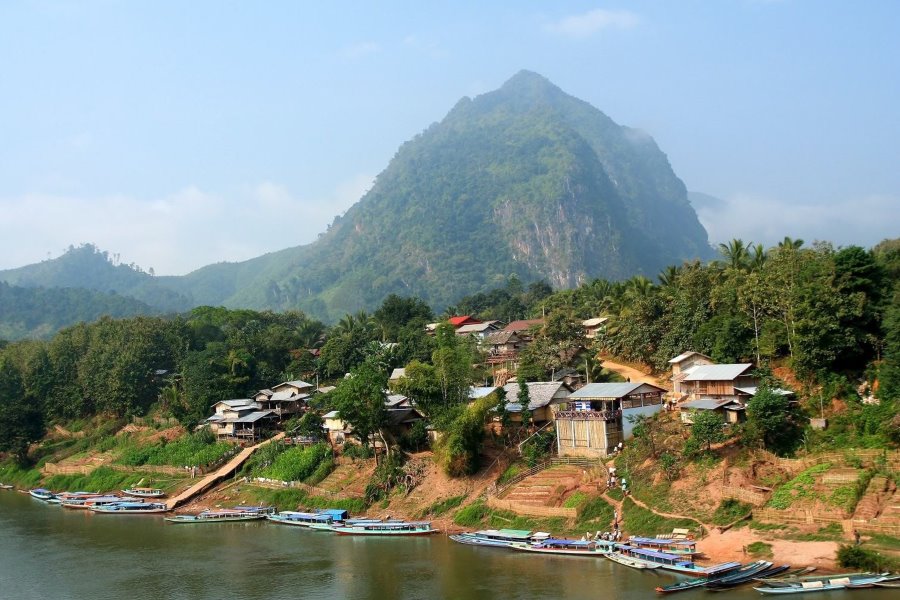
Some tips when traveling to Luang Namtha province (Cre: audleytravel.com)
Luang Namtha province offers a unique blend of natural beauty, rich culture and historical significance. When traveling to Luang Namtha, you will be immersed in the peaceful beauty of Laos. Enjoy a relaxing lifestyle by the river and explore the unique traditional cultures of the Lao people, making your trip truly meaningful.
Learn more about Luang Namtha and plan your journey to explore this promising region.
Read more: Laos tours 5 days